4 characteristics in Deep Excavation Slope Support Engineering
Time:2024-07-09From:sinorock View:
Deep excavation slope support engineering is a critical aspect of modern construction projects, particularly in urban environments where space is limited, and the demands for structural integrity and safety are high. This article delves into four key characteristics that define deep excavation slope support engineering, highlighting the complexities and challenges faced by engineers and construction professionals.
1. Increasing Complexity
As urbanization accelerates and infrastructure demands grow, the complexity of deep excavation projects has significantly increased. This complexity is driven by several factors:
a. Structural Demands: Modern buildings often require deep foundations and basements, necessitating extensive excavation. The need for large-span, deep, and wide excavations increases the engineering challenges.
b. Technological Advancements: The integration of advanced construction techniques and materials, such as self-drilling anchor bolts, adds layers of complexity to planning and execution.
c. Environmental Considerations: Deep excavations in urban areas must consider environmental impacts, including noise, vibration, and potential disruption to existing structures and ecosystems.
To address these complexities, engineers must adopt innovative solutions and maintain a high level of precision throughout the project lifecycle.
2. Extended Construction Periods
Deep excavation projects typically have longer construction periods compared to standard construction projects. Several factors contribute to this extended timeline:
a. Sequential Processes: Excavation and slope support must be carried out in carefully planned stages to ensure stability and safety. This sequential approach extends the project duration.
b. External Influences: Weather conditions, such as rainfall, can significantly impact excavation schedules. Mechanical vibrations from nearby construction activities or traffic can also affect stability and progress.
c. Quality Assurance: Ensuring the stability and integrity of the excavation support system requires rigorous monitoring and quality control measures, which can prolong the construction period.
Mitigating these challenges involves meticulous planning, real-time monitoring, and adaptive construction strategies to ensure timely project completion without compromising safety.
3. Stringent Regional Requirements
Deep excavation projects are highly influenced by regional hydrological and geological conditions, which impose stringent requirements on design and execution:
a. Geotechnical Surveys: Comprehensive geotechnical surveys are essential to understand soil composition, groundwater levels, and potential geological hazards. These surveys inform the design and support systems used in the excavation.
b. Hydrological Impacts: Proximity to water bodies, underground water flow, and seasonal variations in water levels must be carefully considered. Inadequate assessment can lead to slope instability and water ingress issues.
c. Proximity to Existing Structures: Urban excavations often occur near existing buildings and infrastructure. Ensuring minimal disruption and maintaining the structural integrity of nearby structures require precise distance control and advanced monitoring techniques.
Addressing these regional requirements necessitates a thorough understanding of local conditions and the application of tailored engineering solutions to ensure the stability and safety of the excavation.
4. Integration with Soil Excavation
The design and construction of soil excavation and slope support systems are deeply intertwined in deep excavation projects:
a. Coordinated Design: The excavation process and the support system must be designed in harmony to ensure stability throughout the construction period. Any misalignment can lead to structural failures and safety hazards.
b. Excavation Techniques: The choice of excavation techniques, such as open cut, cut-and-cover, or top-down methods, influences the support system design. Each technique has its own set of challenges and advantages that must be carefully evaluated.
c. Support Systems: The use of self-drilling anchor bolts is a common solution in deep excavation projects. These bolts provide simultaneous drilling, grouting, and anchoring, offering high efficiency and reliability. Their ability to operate in narrow spaces and deliver strong bonding strength makes them ideal for supporting deep excavation slopes.
Effective integration of soil excavation and support systems is crucial for the success of deep excavation projects, requiring close collaboration between geotechnical engineers, structural engineers, and construction teams.
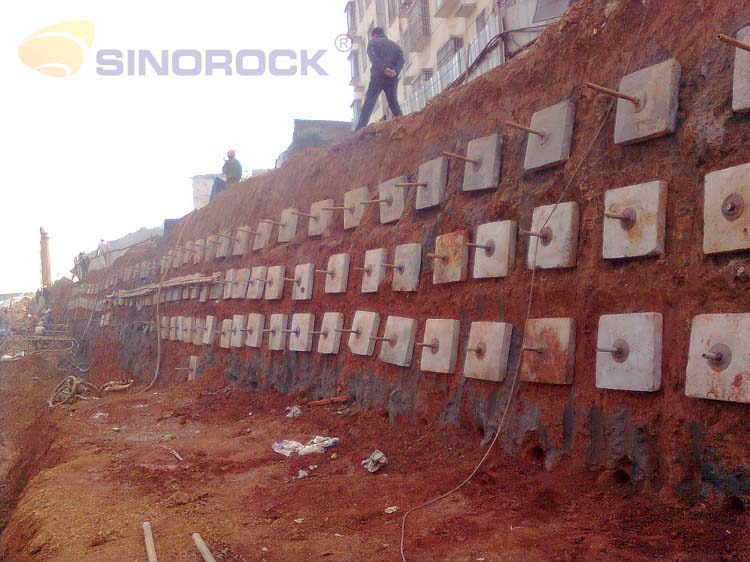
Advanced Solutions for Deep Excavation Slope Support
Given the complexities and challenges outlined, advanced solutions are essential for successful deep excavation slope support. One such solution is the use of self-drilling anchor bolts, which offer several advantages:
1. High Efficiency and Convenience: Self-drilling anchor bolts streamline the construction process by combining drilling, grouting, and anchoring into a single operation. This reduces installation time and minimizes the need for additional equipment and manpower.
2. Versatility in Tight Spaces: The compact design and flexibility of self-drilling anchor bolts allow them to be used in confined spaces where traditional anchoring methods may not be feasible.
3. Strong Bonding Strength: The grouting process enhances the bonding strength between the anchor bolt and the surrounding soil or rock, providing robust support and improving overall stability.
4. Enhanced Safety: The use of self-drilling anchor bolts improves safety by reducing the risk of structural failure during excavation. Their reliable performance ensures that slopes remain stable even under challenging conditions.
Conclusion
Deep excavation slope support engineering is a complex and multifaceted discipline that demands careful consideration of various factors, including structural demands, environmental impacts, regional requirements, and integration with soil excavation. By adopting advanced solutions like self-drilling anchor bolts, engineers can address these challenges effectively, ensuring the stability and safety of deep excavation projects.
As urbanization continues to drive the need for deeper and more extensive excavations, the importance of innovative engineering solutions and meticulous project planning cannot be overstated. By staying abreast of technological advancements and best practices in the industry, engineers can continue to deliver successful deep excavation projects that meet the high demands of modern construction.
latest news
-
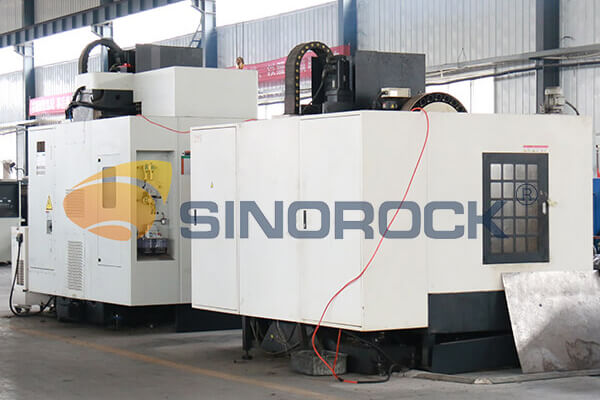
- 3 Crucial Factors That Impact the Quality of Self-Drilling Hollow Bolts
- Time:2025-01-26From:This Site
- As we all know, the quality of the self-drilling hollow bolts is vital to the whole project. It determines if the project is safe for the people in future use. Then, what will affect the quality of the self-drilling hollow bolts?
- View details
-

- Self-Drilling Anchor Bolt Construction in Complex Geological Slope
- Time:2025-01-24From:This Site
- During construction, Self-drilling hollow anchor bolt integrates drilling, grouting and anchoring functions, which significantly improves drilling efficiency. And under the action of pressure pump, the grouting in the rock strata and voids is full, which ensures the grouting thickness and anchoring effect.
- View details
-
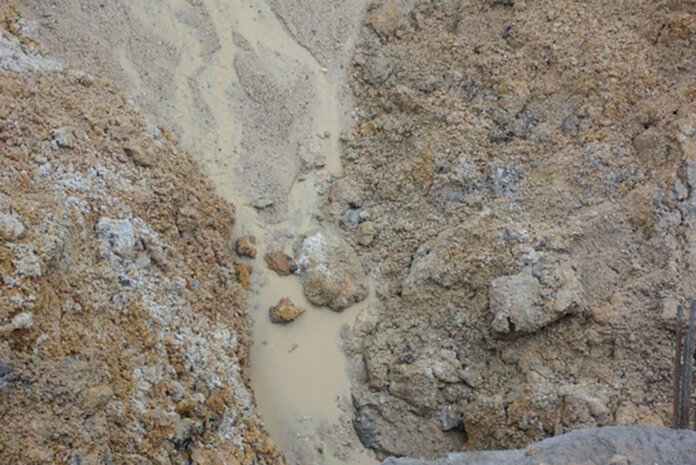
- How Does Self-drilling Rock Bolt Drill in Quicksand Geological Condition?
- Time:2025-01-19From:This Site
- This in-depth guide explores how self-drilling rock bolts function in quicksand geological conditions, covering the challenges, construction methods, and best practices for ensuring effective anchorage in unstable, fluidic soil layers.
- View details
-
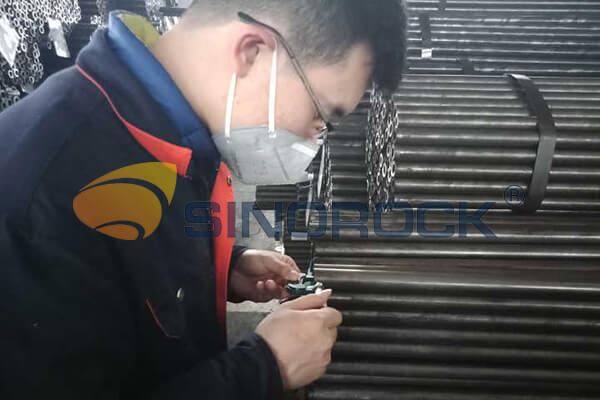
- Quality Control: the Vital Factor of A SDA Bolt Factory
- Time:2025-01-09From:This Site
- Sinorock’s comprehensive quality control system, from supplier management to outgoing inspections, ensuring the highest standards for self-drilling anchor bolts in construction.
- View details
-
.png)
- International Women's Day with Strawberry-picking
- Time:2024-03-09From:This Site
- Marked the annual observance of International Women's Day, and to commemorate this significant event, Sinorock organized a special strawberry-picking event exclusively for its female employees.
- View details
-

- Celebrate the 74th anniversary of the founding of the People's Republic of China
- Time:2023-10-01From:This Site
- On October 1st every year, we observe the annual National Day, commemorating the birth of our beloved motherland.
- View details
-
.jpg)
- SINOROCK to Attend EXPOMINA PERÚ 2024 in Lima, Peru
- Time:2024-08-10From:This Site
- Sinorock to Attend EXPOMINA PERÚ 2024 in Lima, Peru
- View details
-
.jpg)
- SINOROCK to Participate in MINING AND METALS CENTRAL ASIA 2024
- Time:2024-08-08From:This Site
- SINOROCK to Participate in MINING AND METALS CENTRAL ASIA 2024
- View details
-
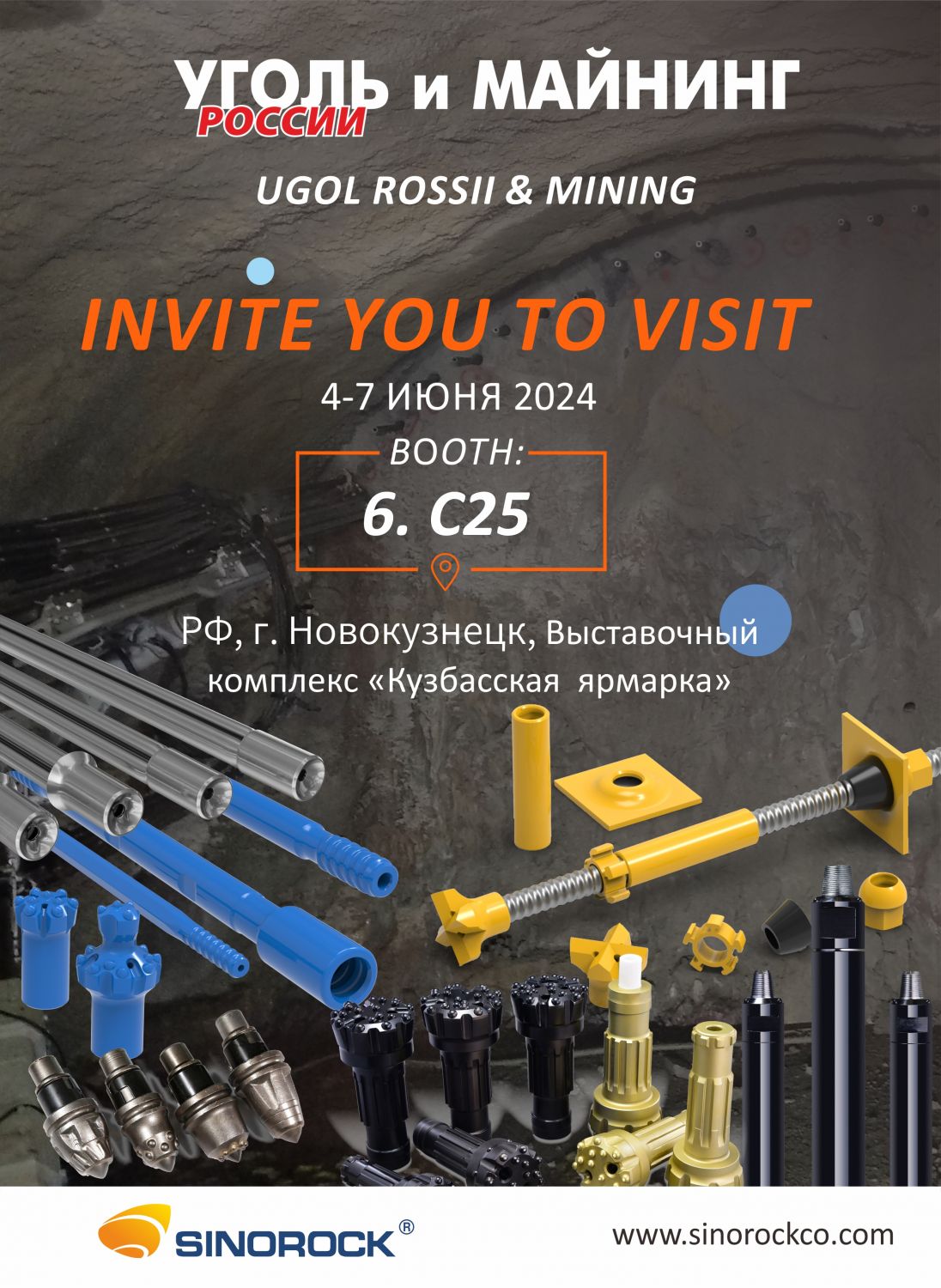
- SINOROCK Gears Up for UGOL ROSSII & MINING 2024 with Custom Mining Solutions
- Time:2024-05-15From:This Site
- SINOROCK is thrilled to announce its participation in the highly anticipated 32nd International Trade Fair for Mining Technology, UGOL ROSSII & MINING 2024. The event will take place at the Exhibition complex "Kuzbass Fair" in Novokuznetsk, Kemerovo region - Kuzbass, Russia, from June 4th to 7th, 2024.
- View details
 Download
Download 


